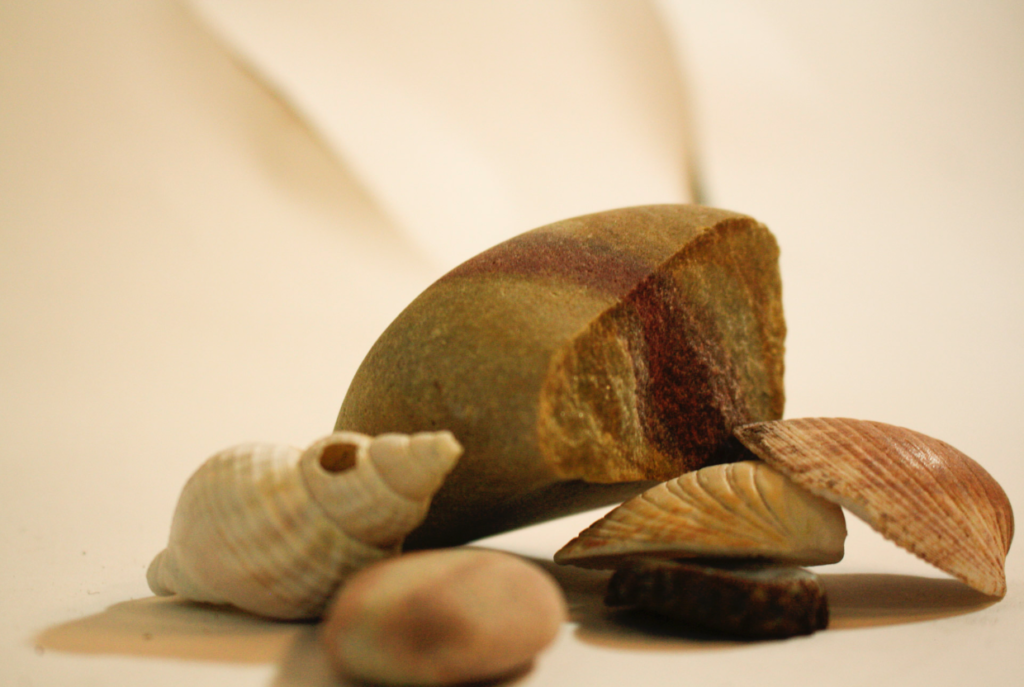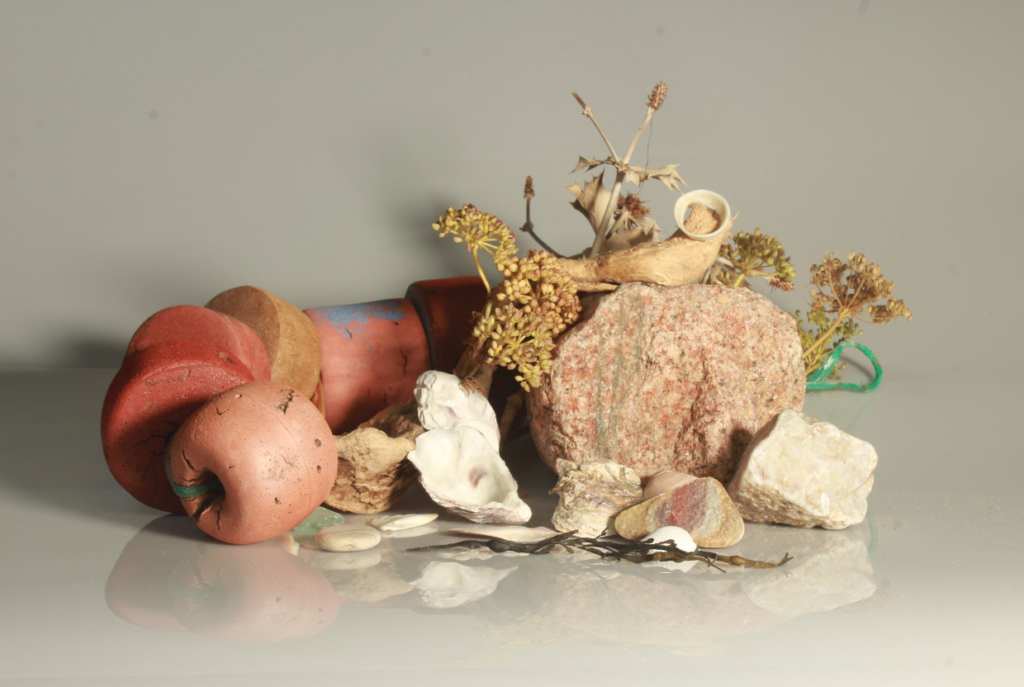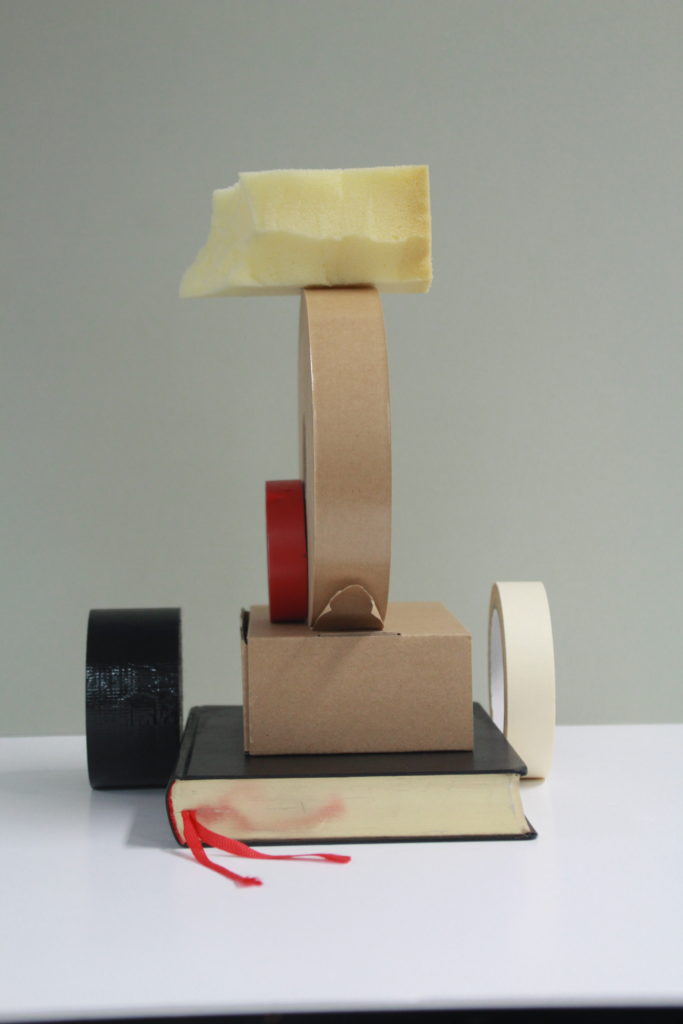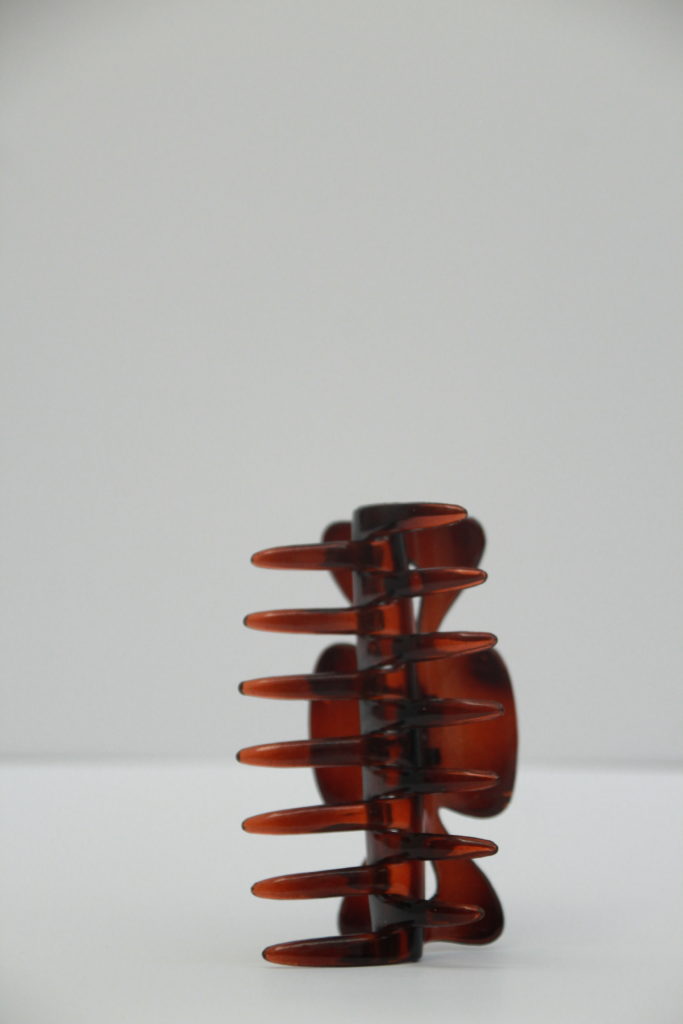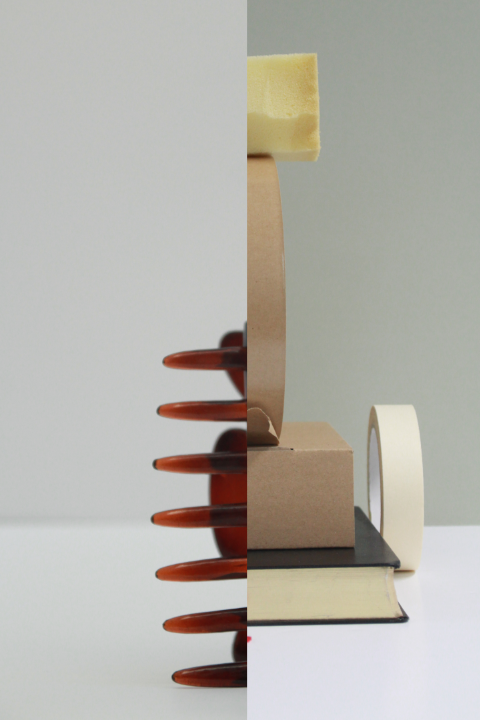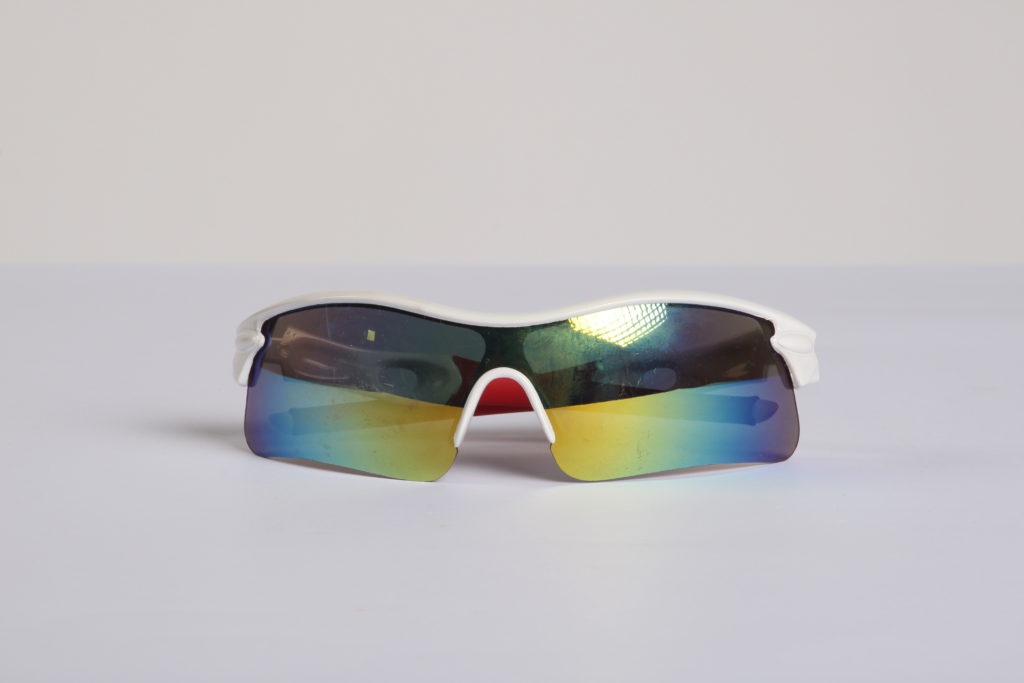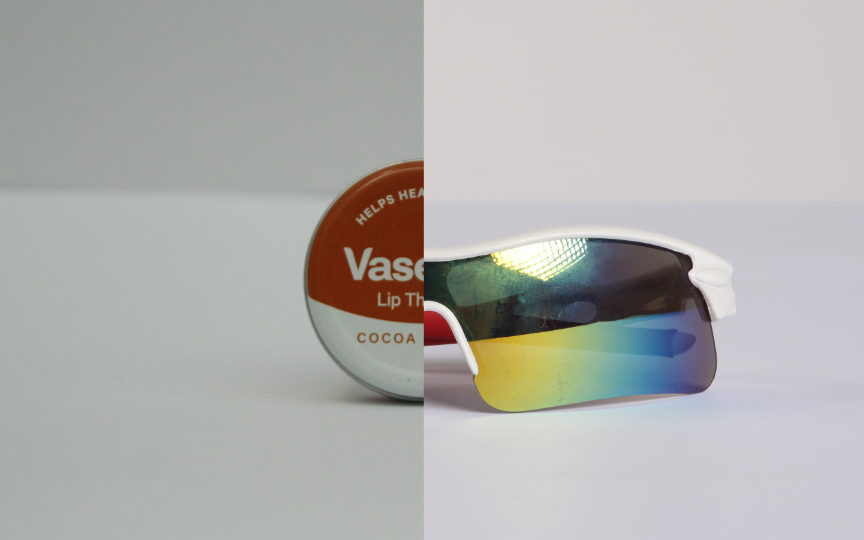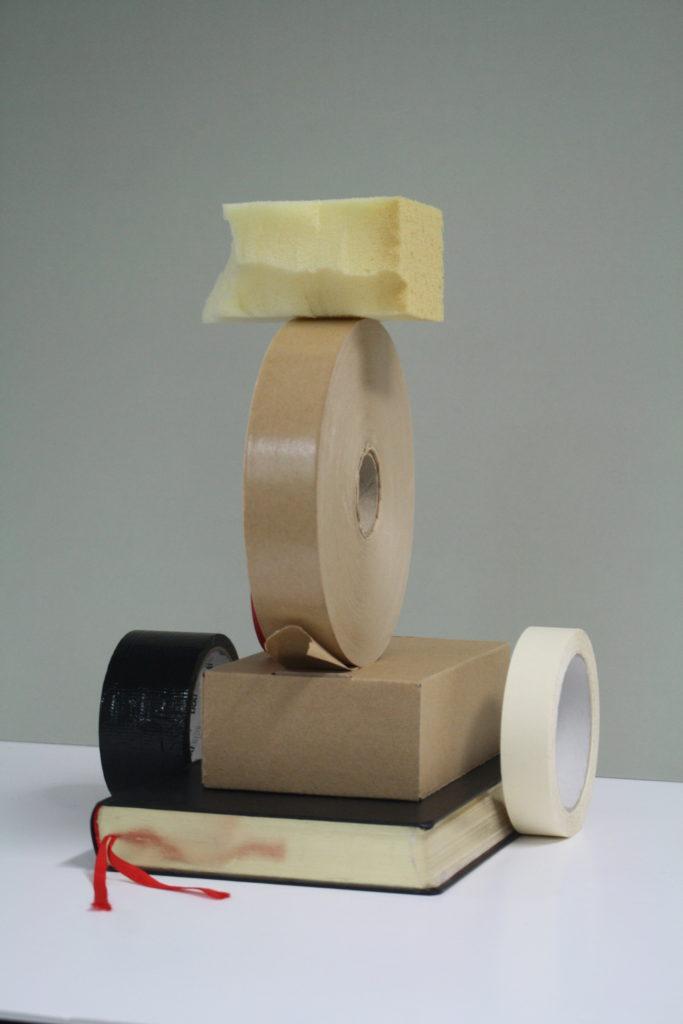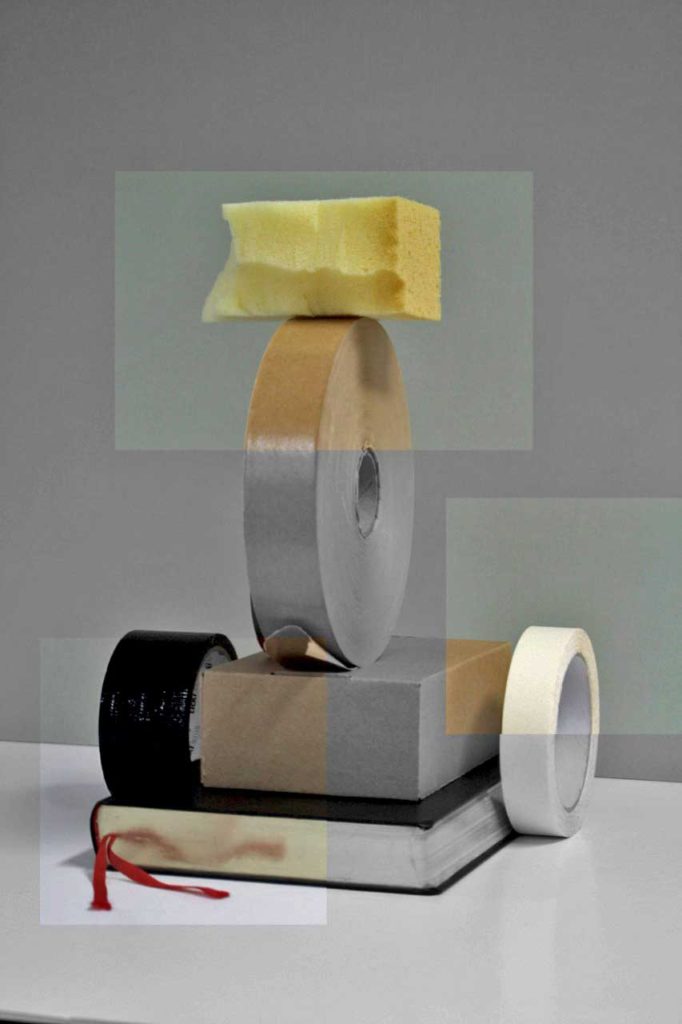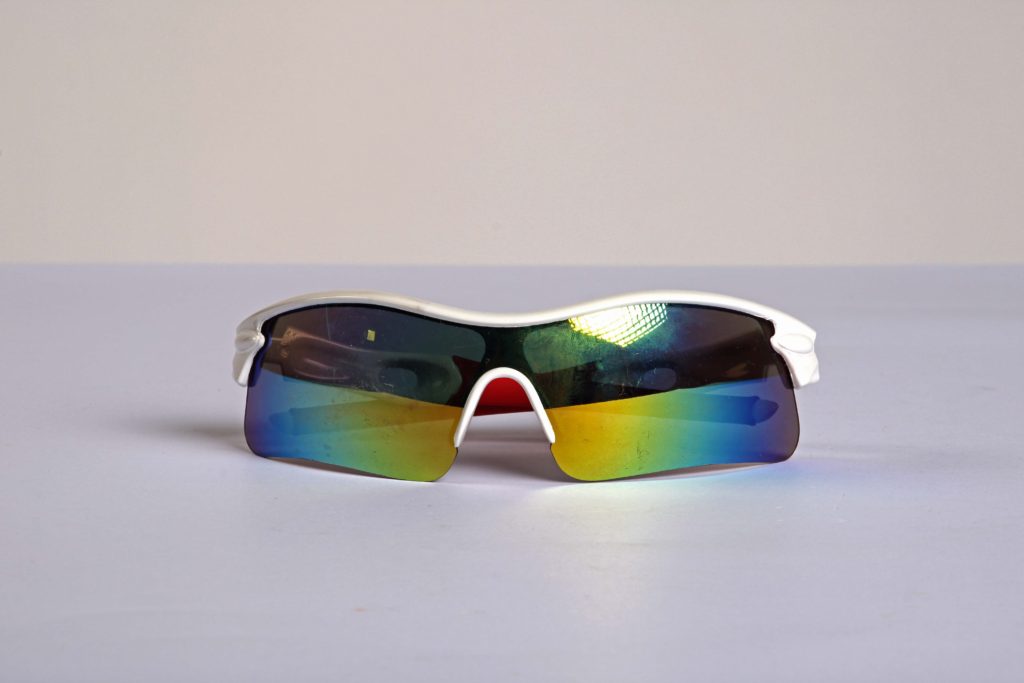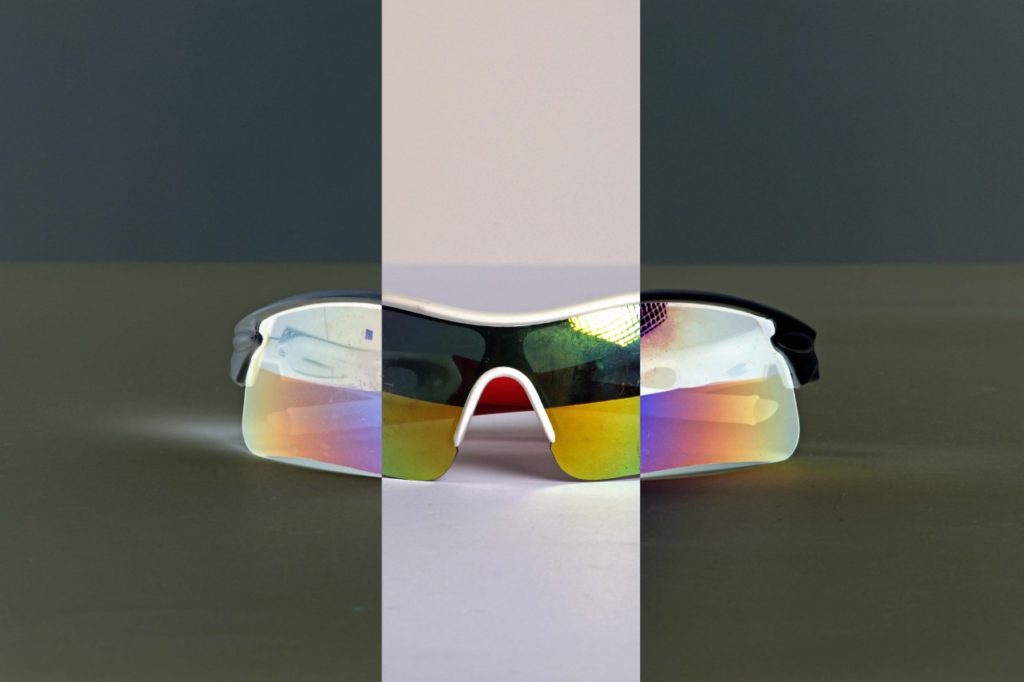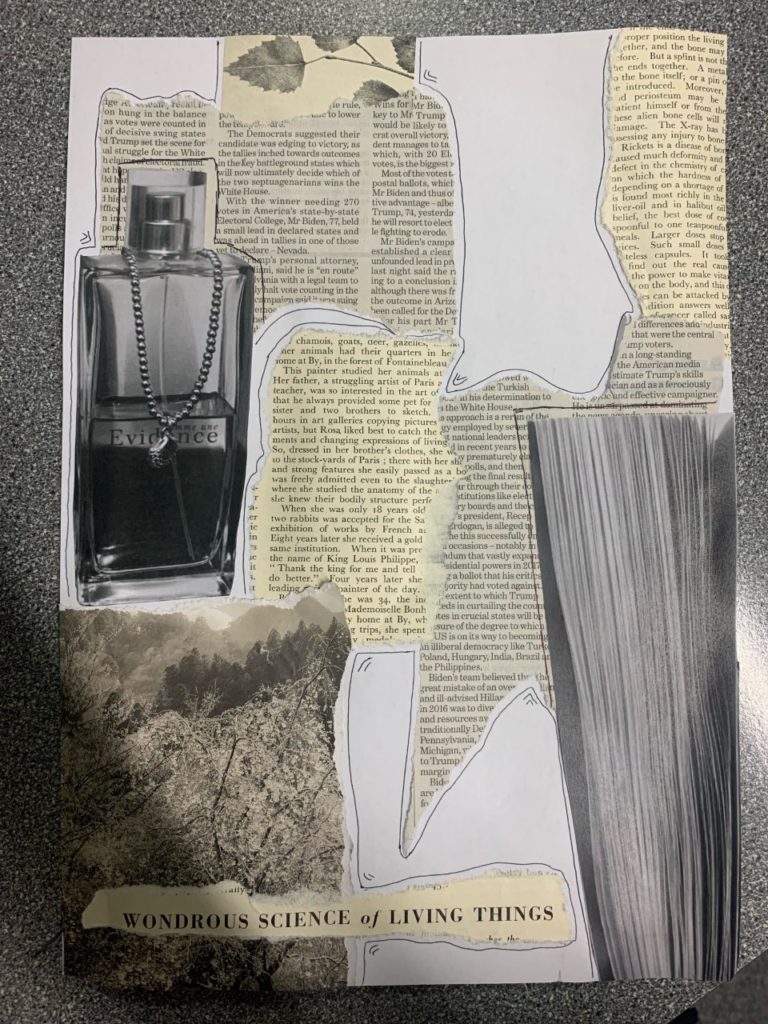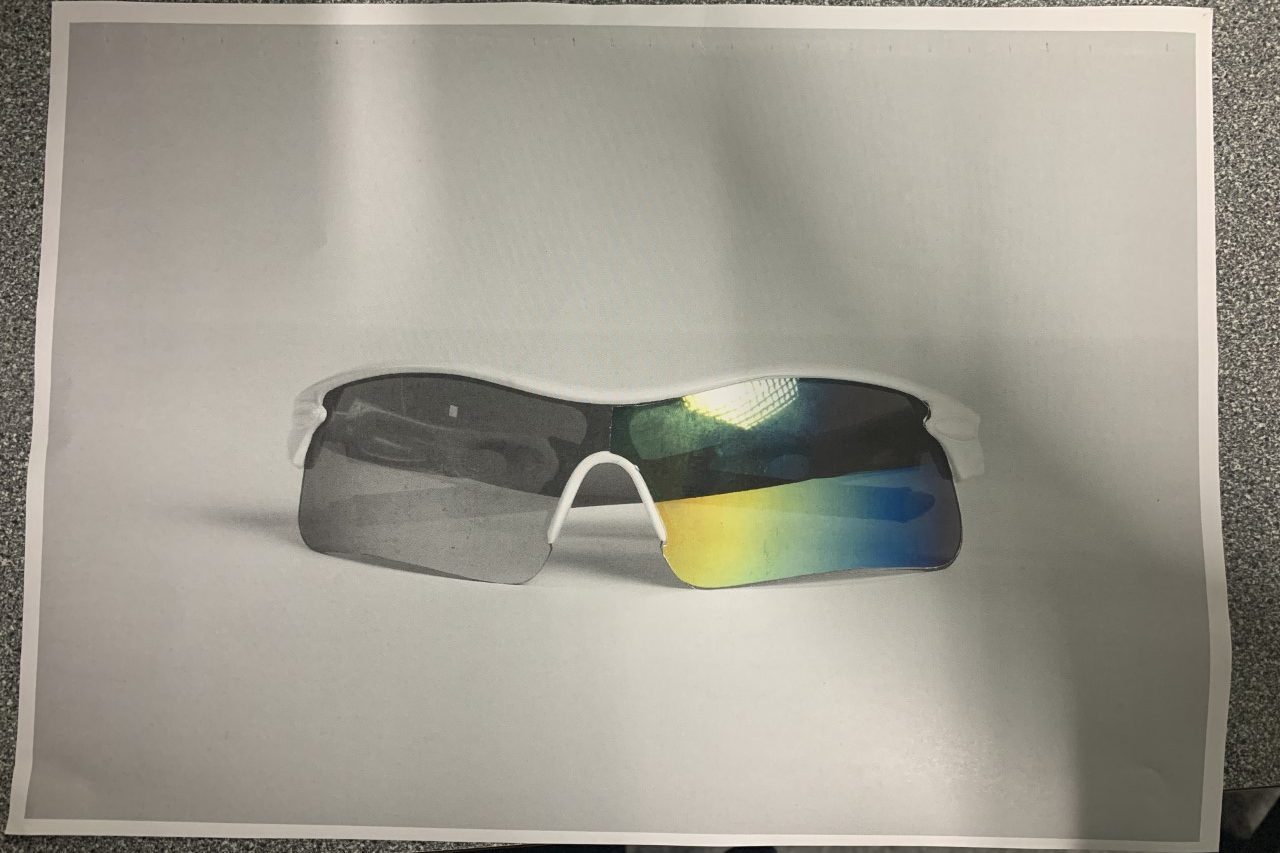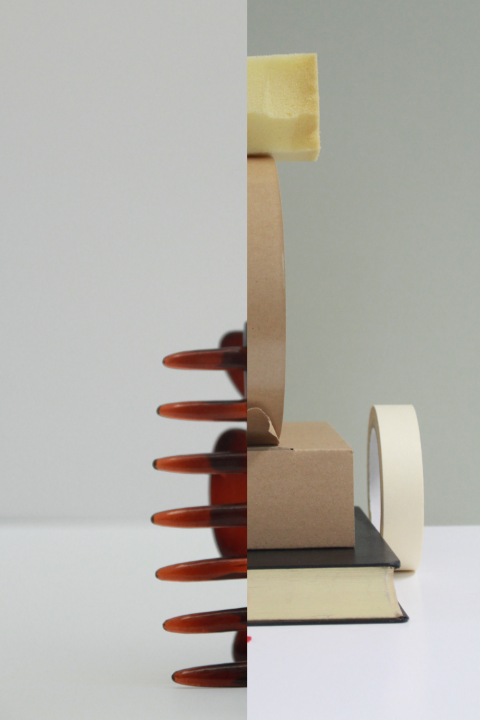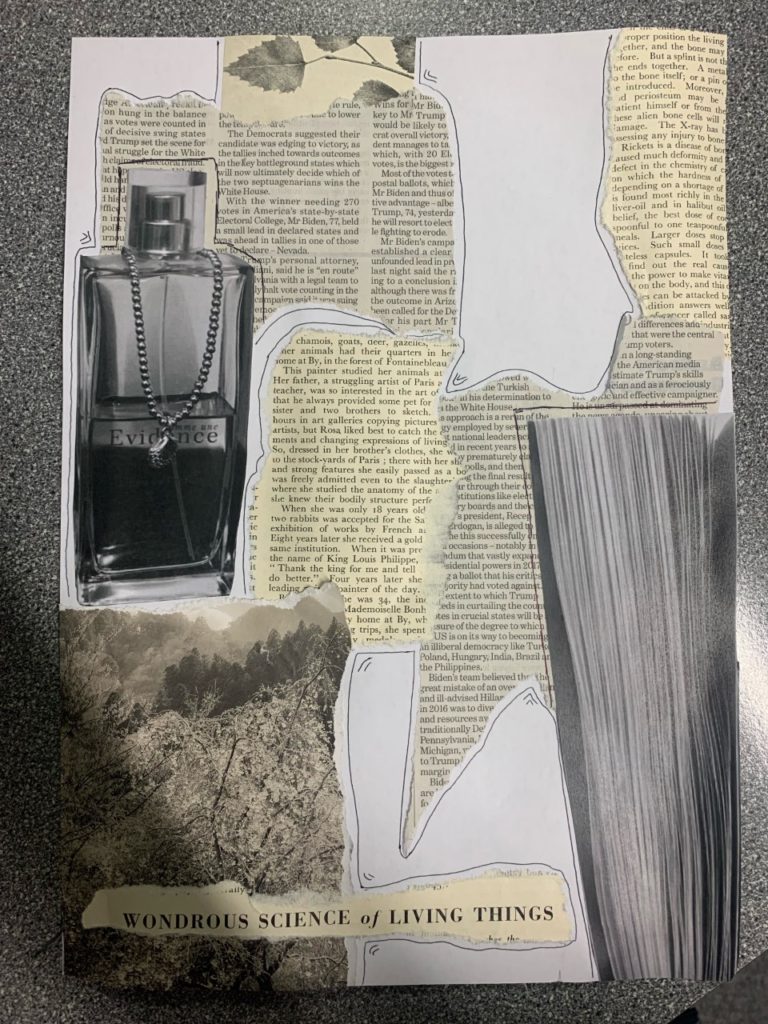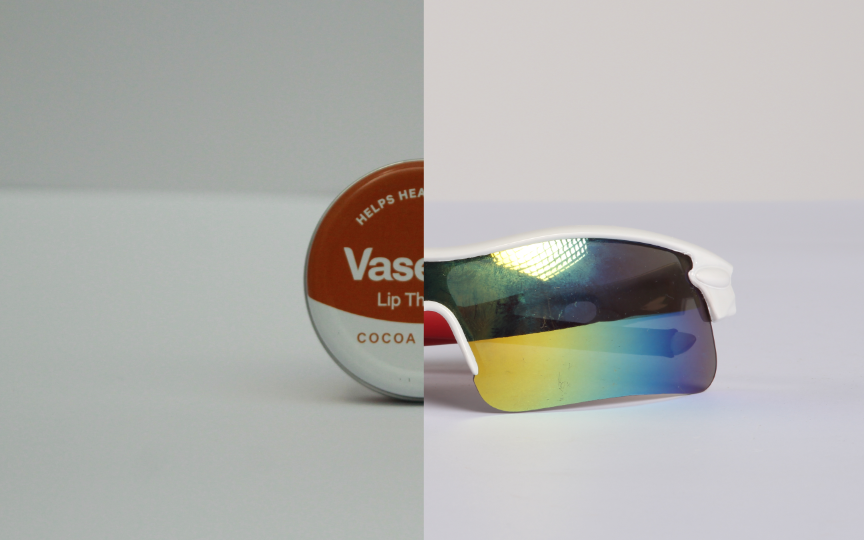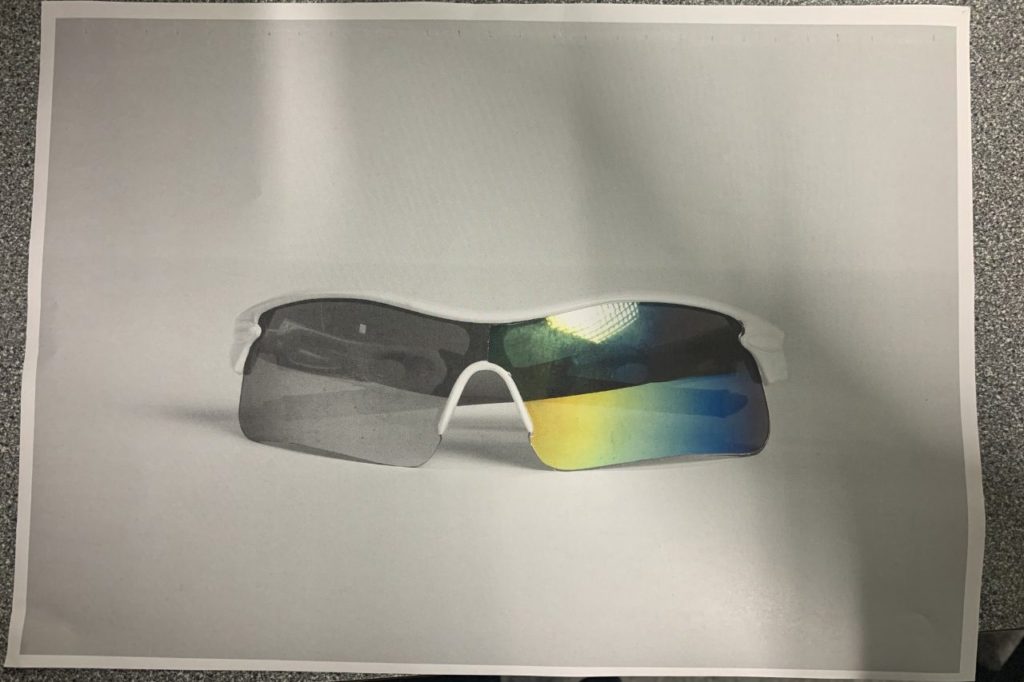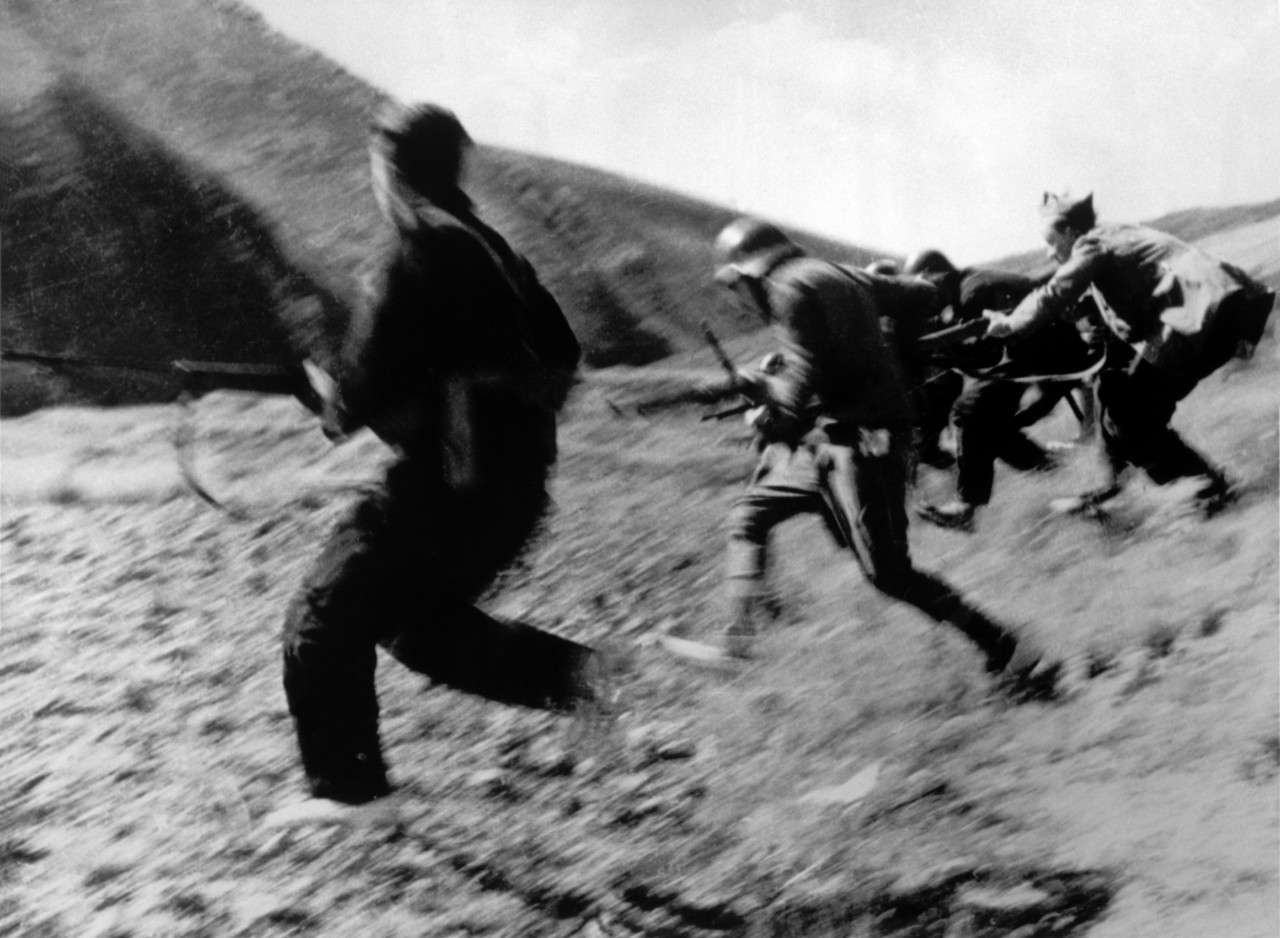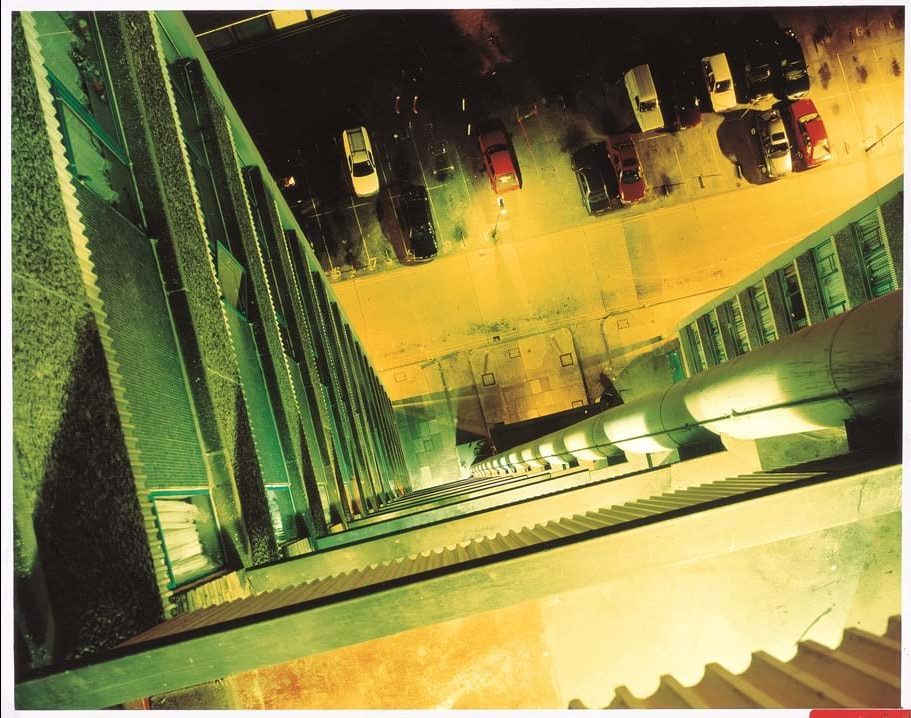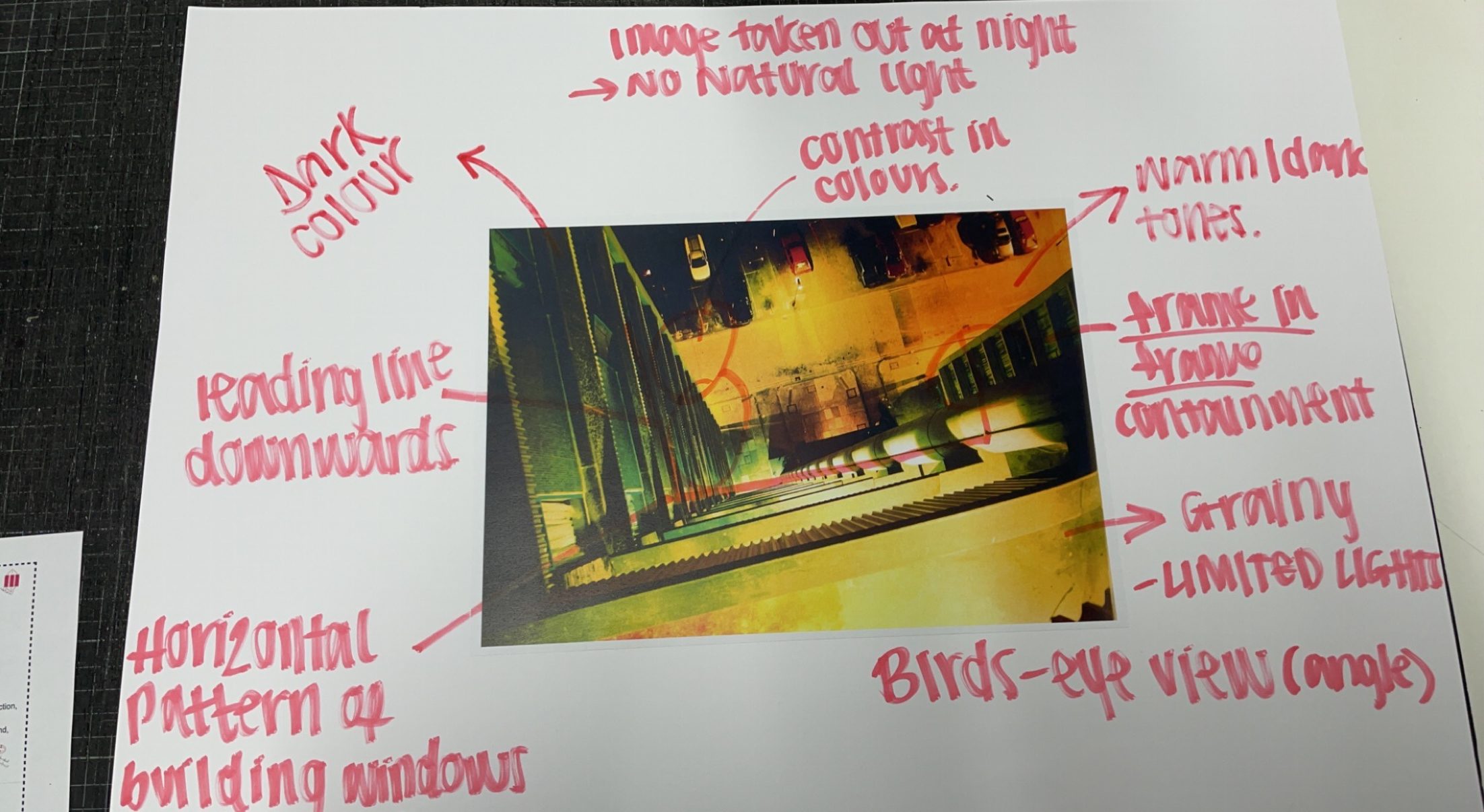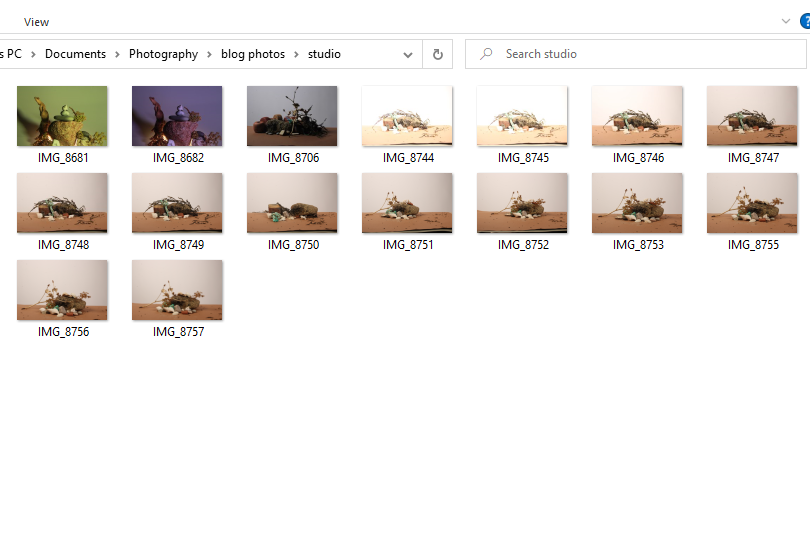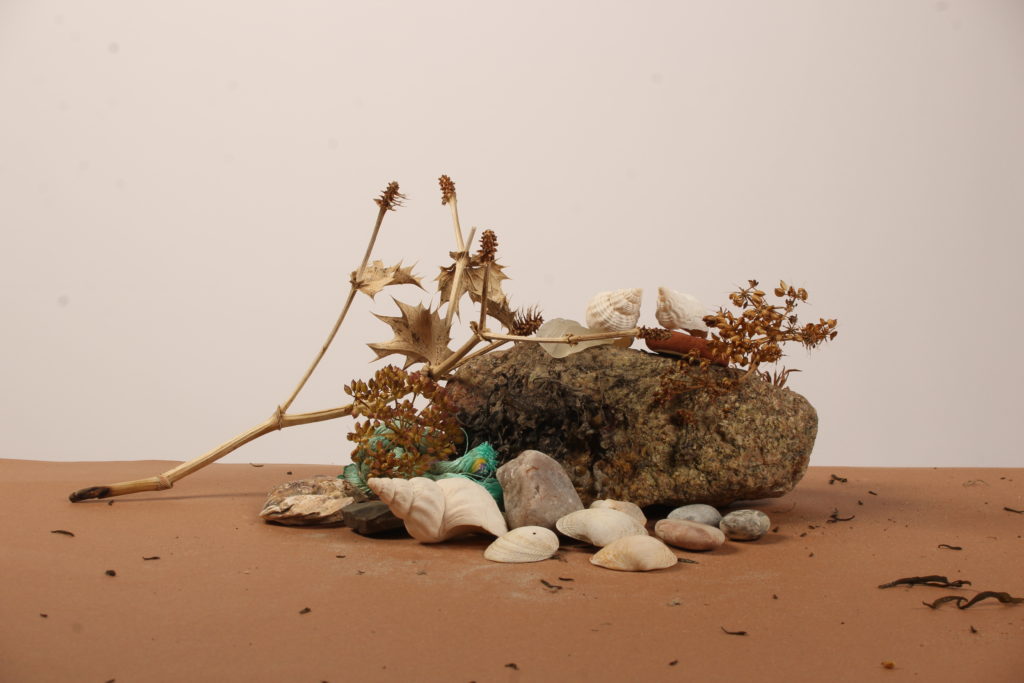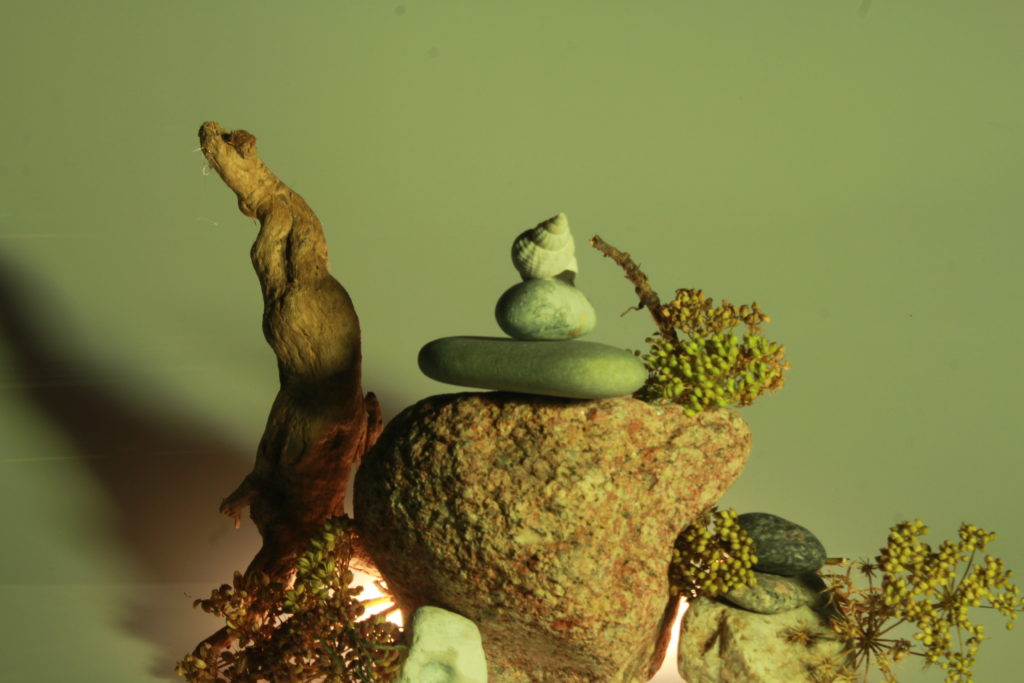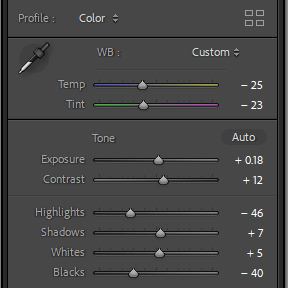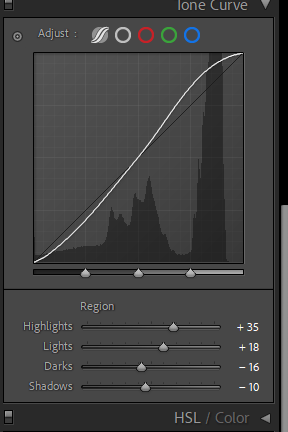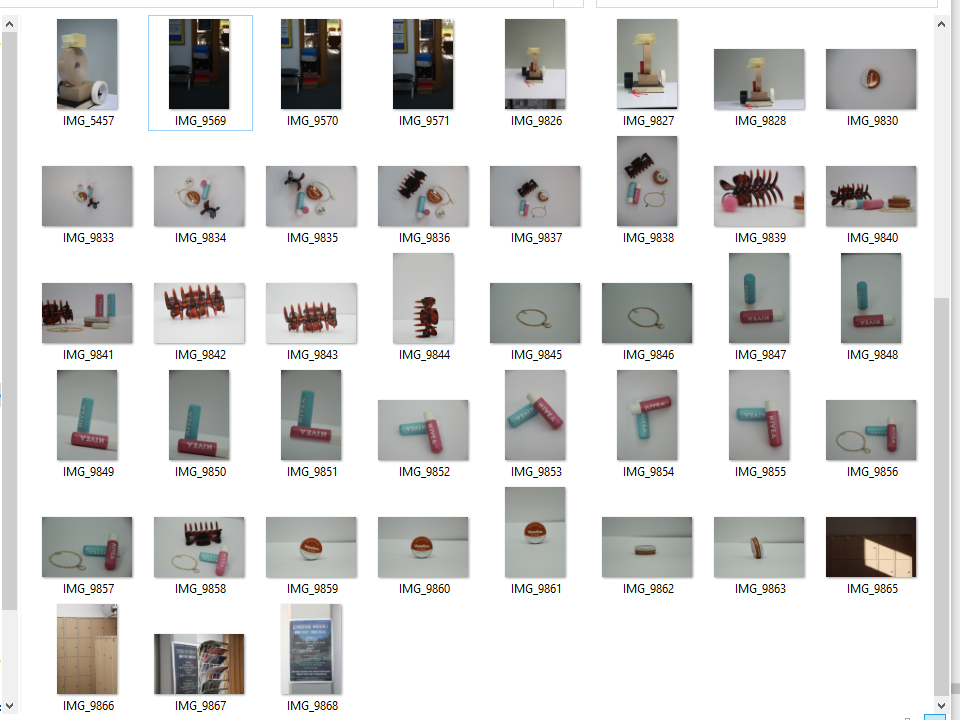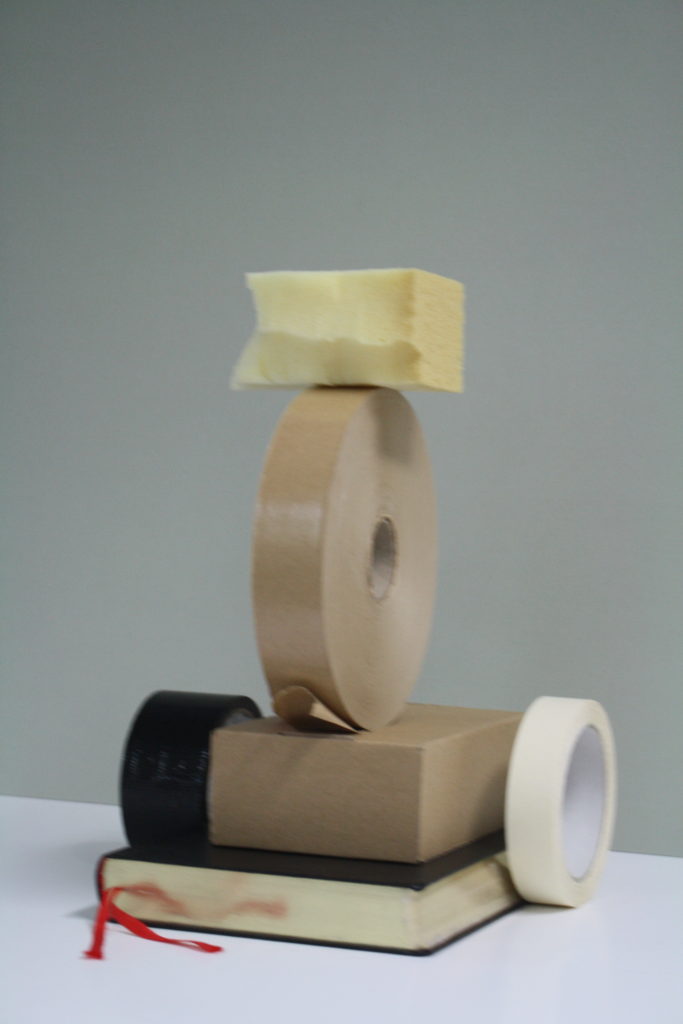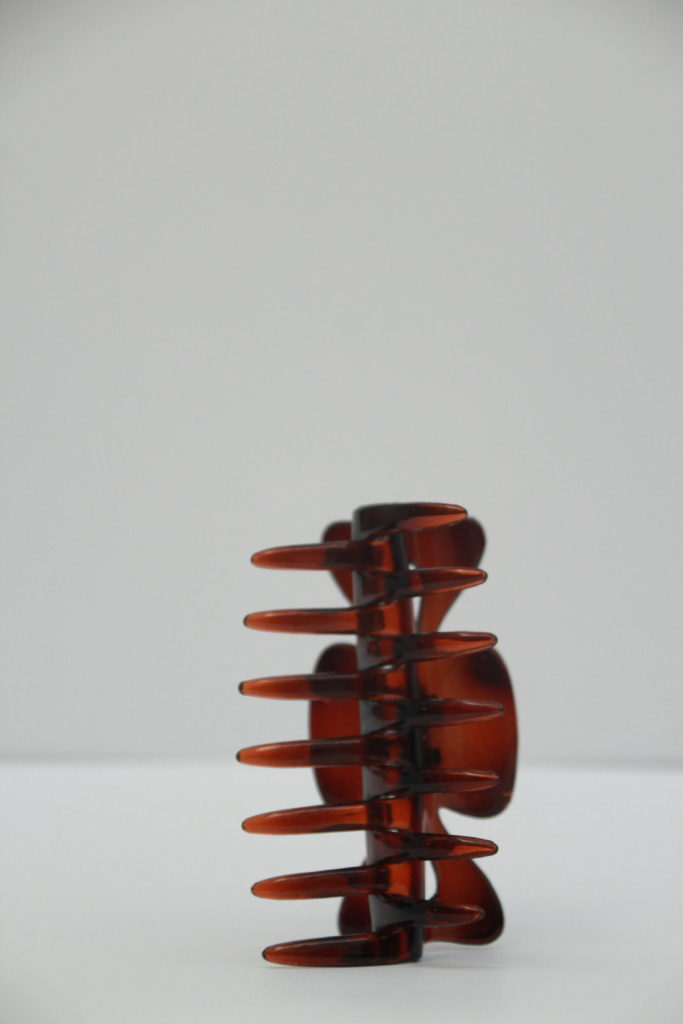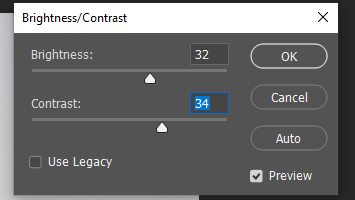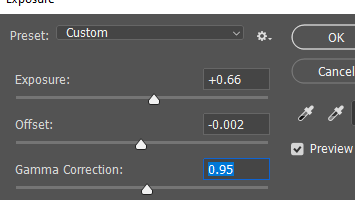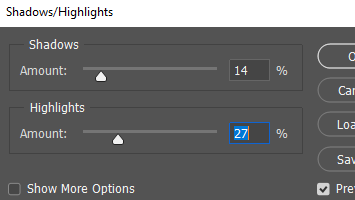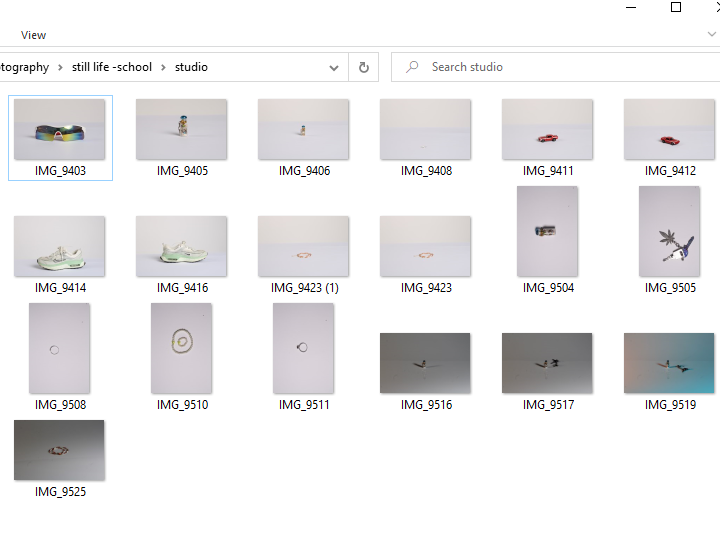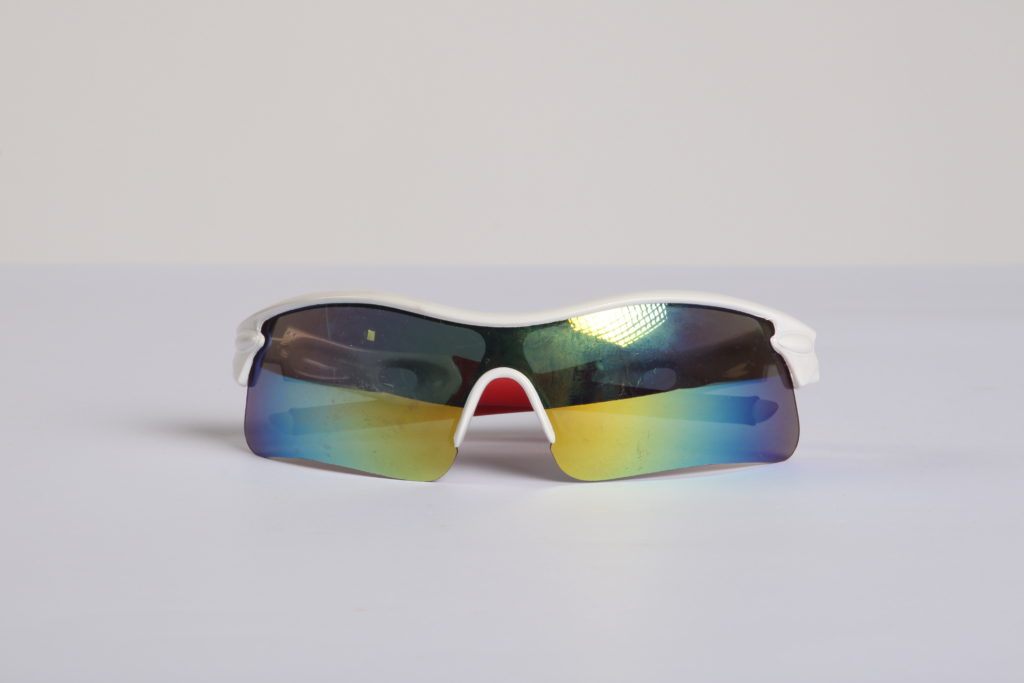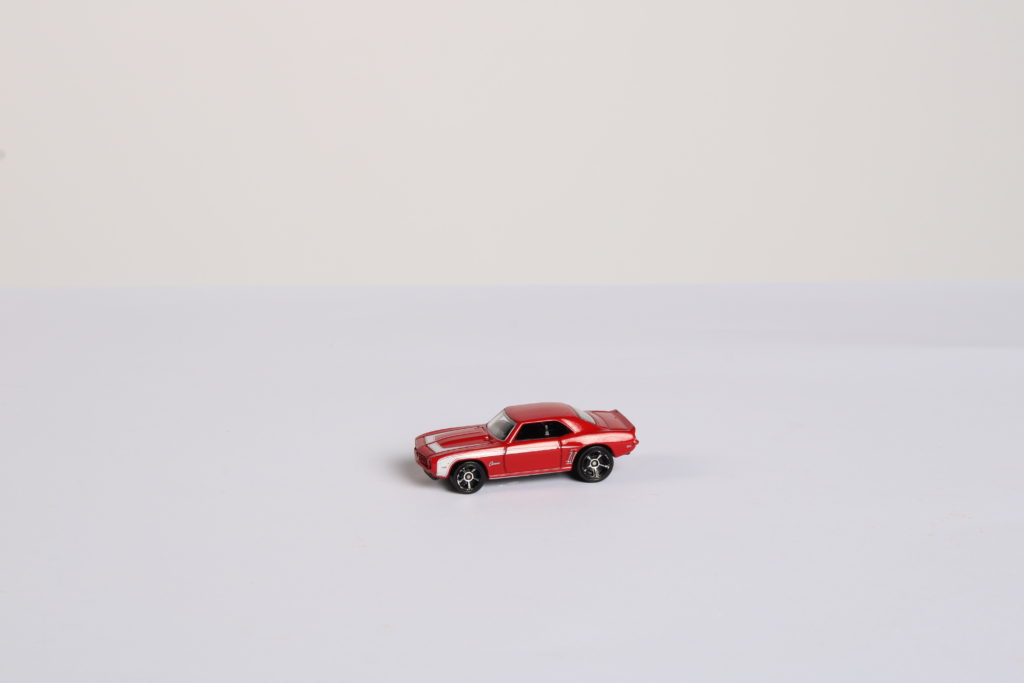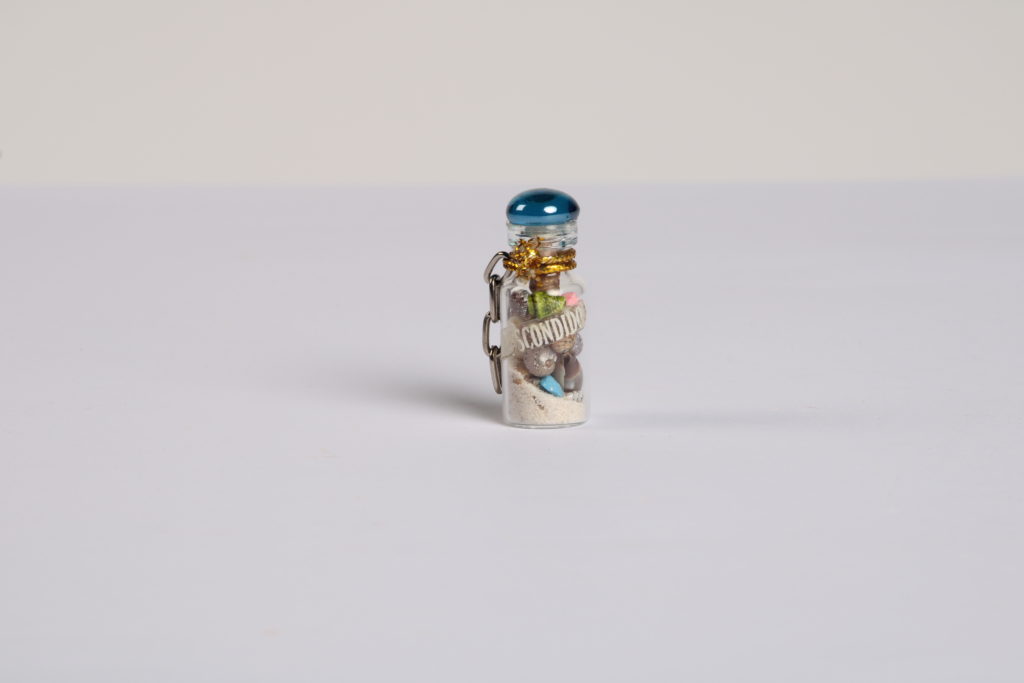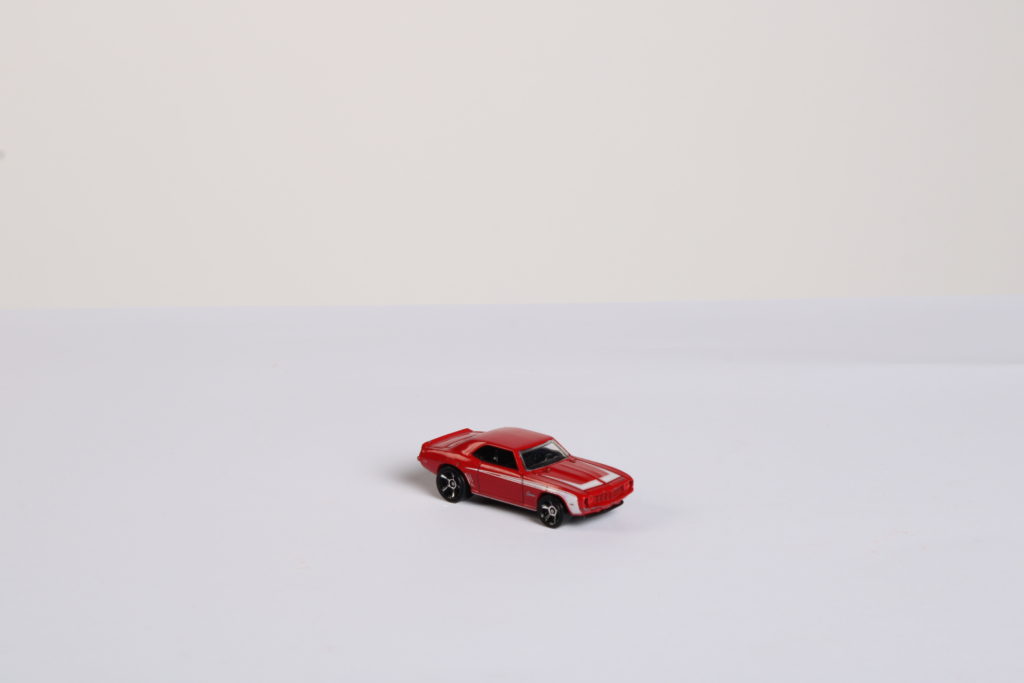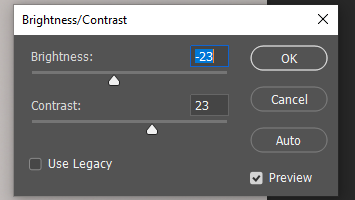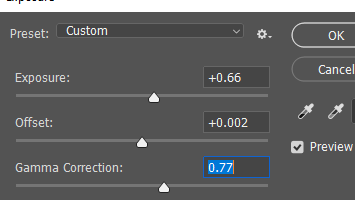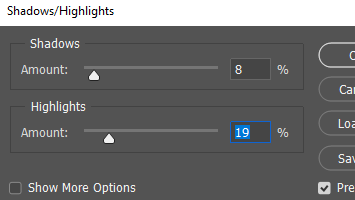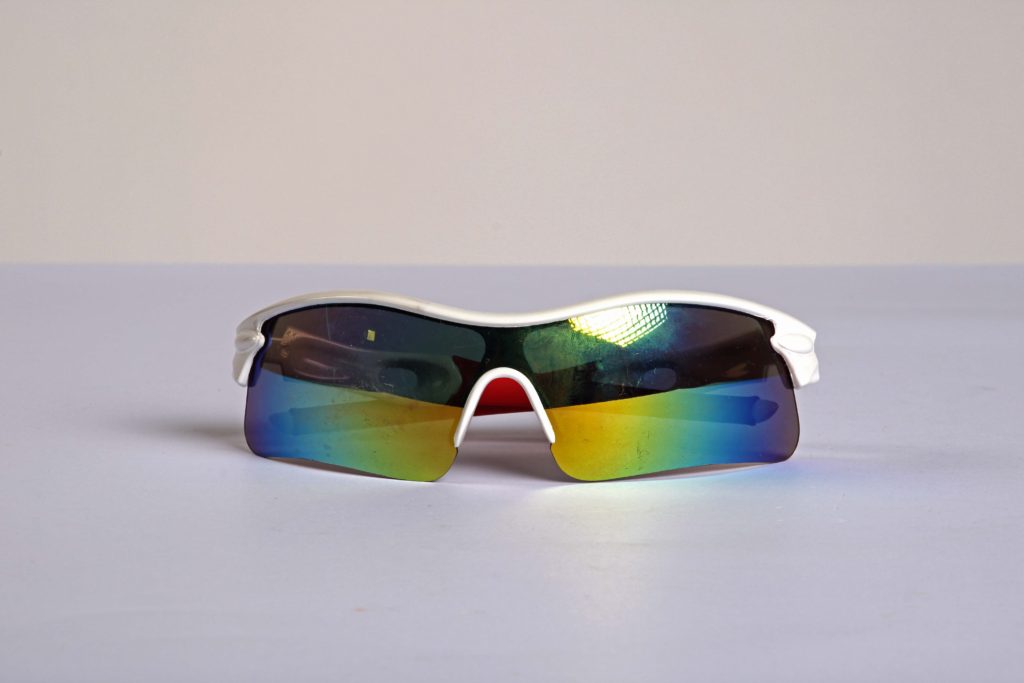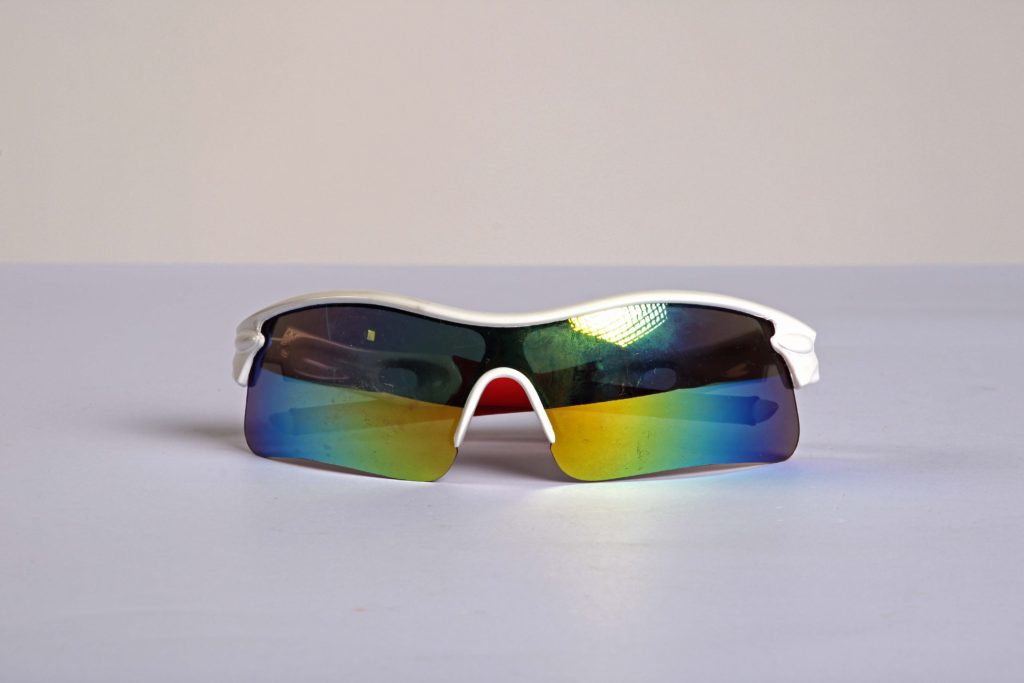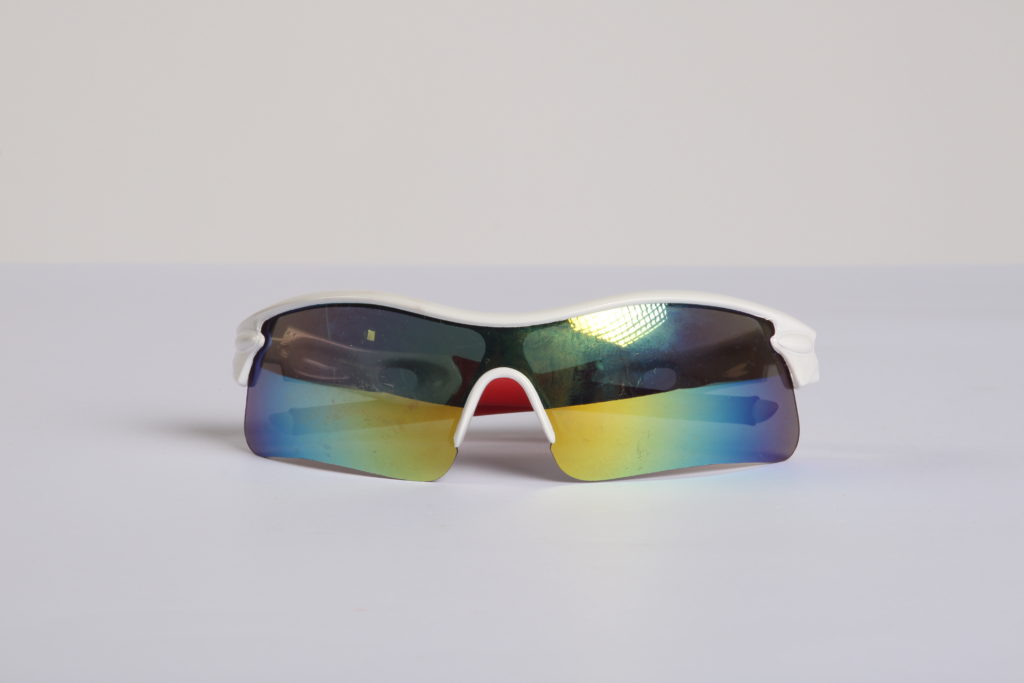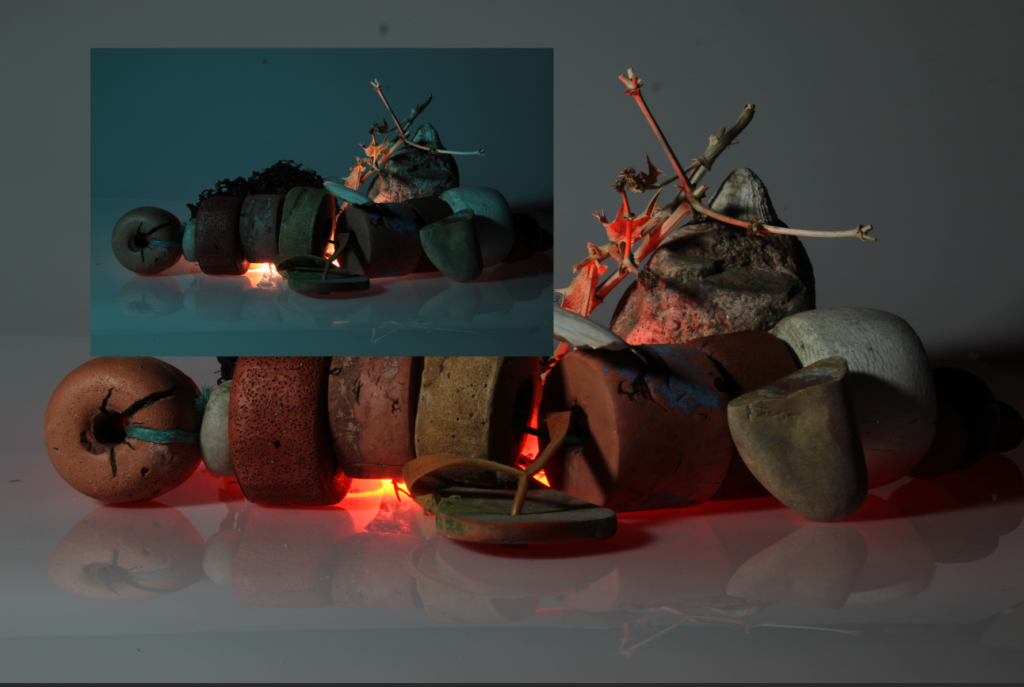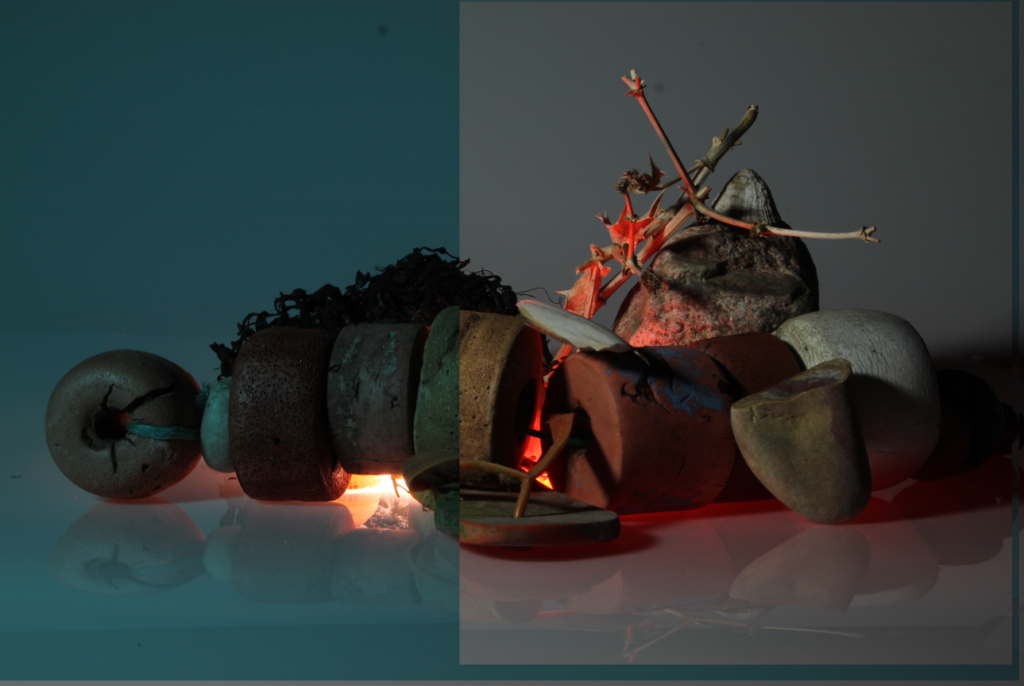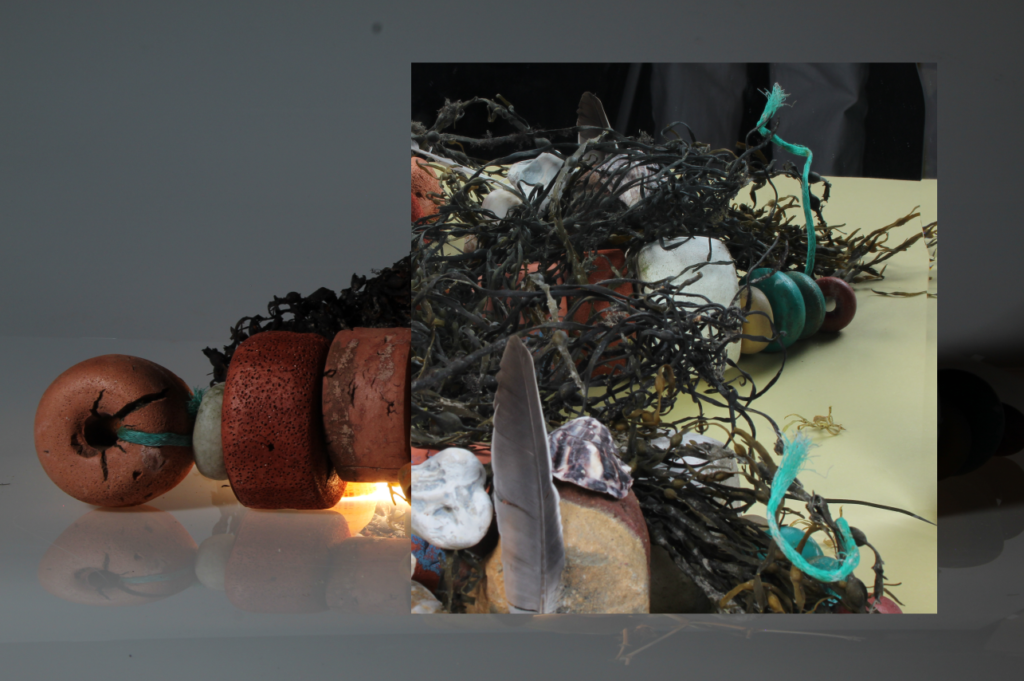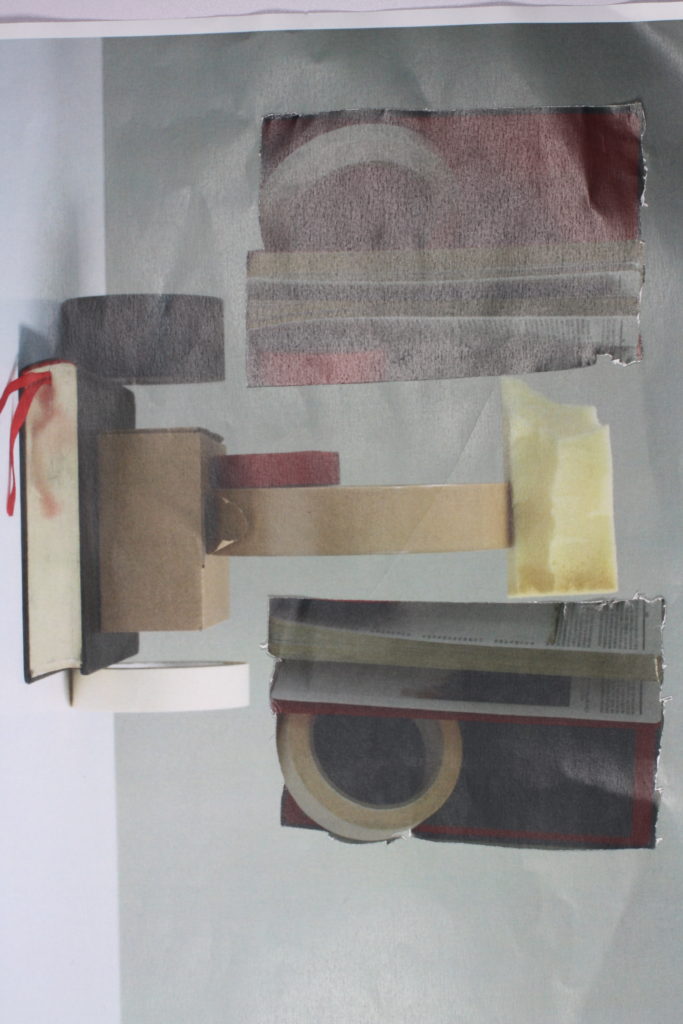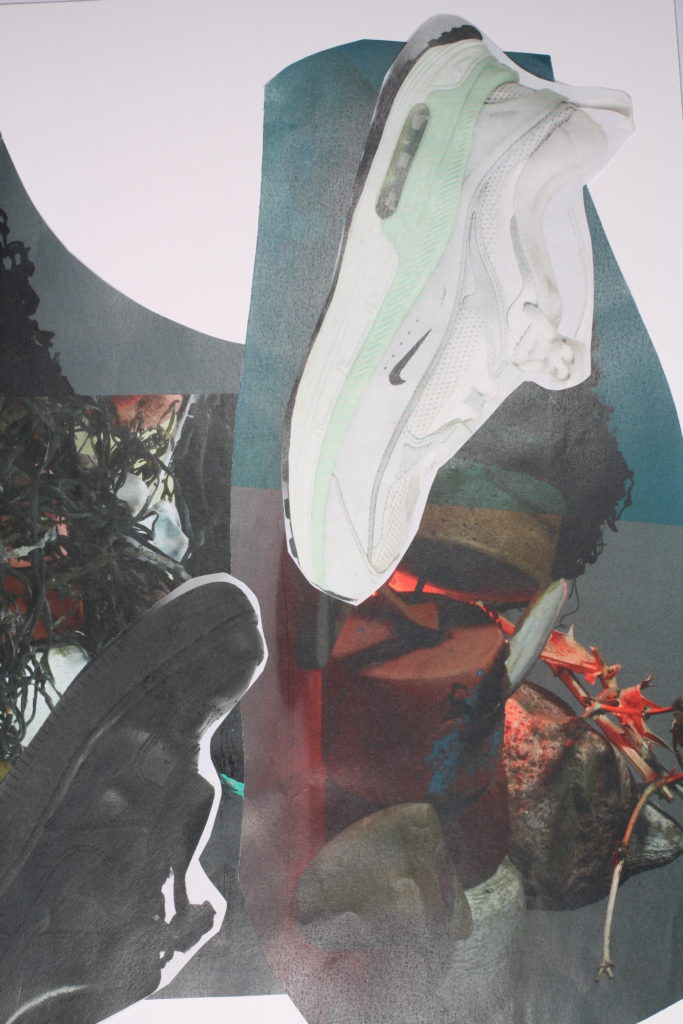
Albert Renger- Patzsch 
Karl Blossfeldt
New objectivity is a style of photography started after World War One. The chaos and sombre events of the war effected photography as did the rapid industrialisation of both America and Europe leading to new objectivity becoming popular as a reaction to change. It was also a response and rejection to expressionism a style popular before the war and favoured focusing on real life without sentimentality as opposed to expressionism which depicted romantic and unrealistic scenes. New Objectivists tended to focus on more ‘mundane’ everyday objects or scenes – creating patterns and visual interest from things around them.

Albert Renger- Patzsch
Albert Renger-Parzsch was born in 1897 Wurzburg Germany. He wrote and published his most well know book in 1928 called “Die welt ist schon” meaning “The world is beautiful” – this book closely follows the style of New Objectivity.
The world is beautiful explores Renger-Patzschs ideas of Photography as its ability to reproduce reality and capture the essence of an object allowing us to fully appreciate it. In the Weimer Republic it was held as an iconic example of New Objectivity however heavily criticised by some photographer for being too ‘aesthetic’ and not true to the style of realism.

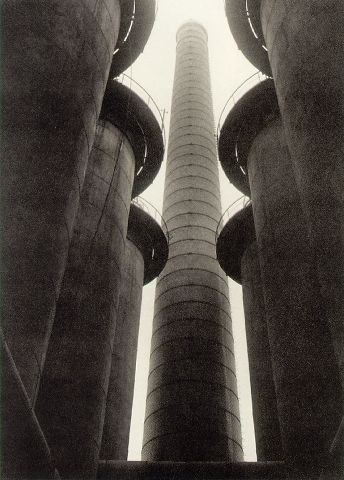
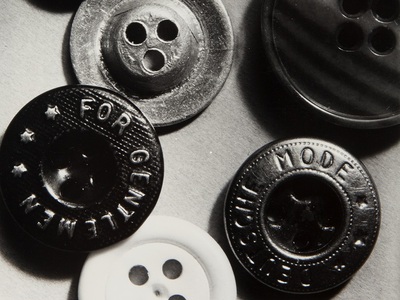

Albert Renger-Patsch ‘The world is Beautiful ‘
“The secret of a good photograph—which, like a work of art, can have esthetic qualities—is its realism … Let us therefore leave art to artists and endeavor to create, with the means peculiar to photography and without borrowing from art, photographs which will last because of their photographic qualities.”

Karl Blossfeldt
Was a German photographer born in 1865. Best known for his close up photos of plants and living things. Blossfeldt developed his own series of homemade camera allowing him to photograph plants magnified with more detail. His works where mainly used as means of teaching and were brought to the public with the publishing of his first book in 1929 “Urformen der Kunst ” (Art Forms in Nature). The book quickly became popular through its detailed photos showing the shapes and structures of nature.










